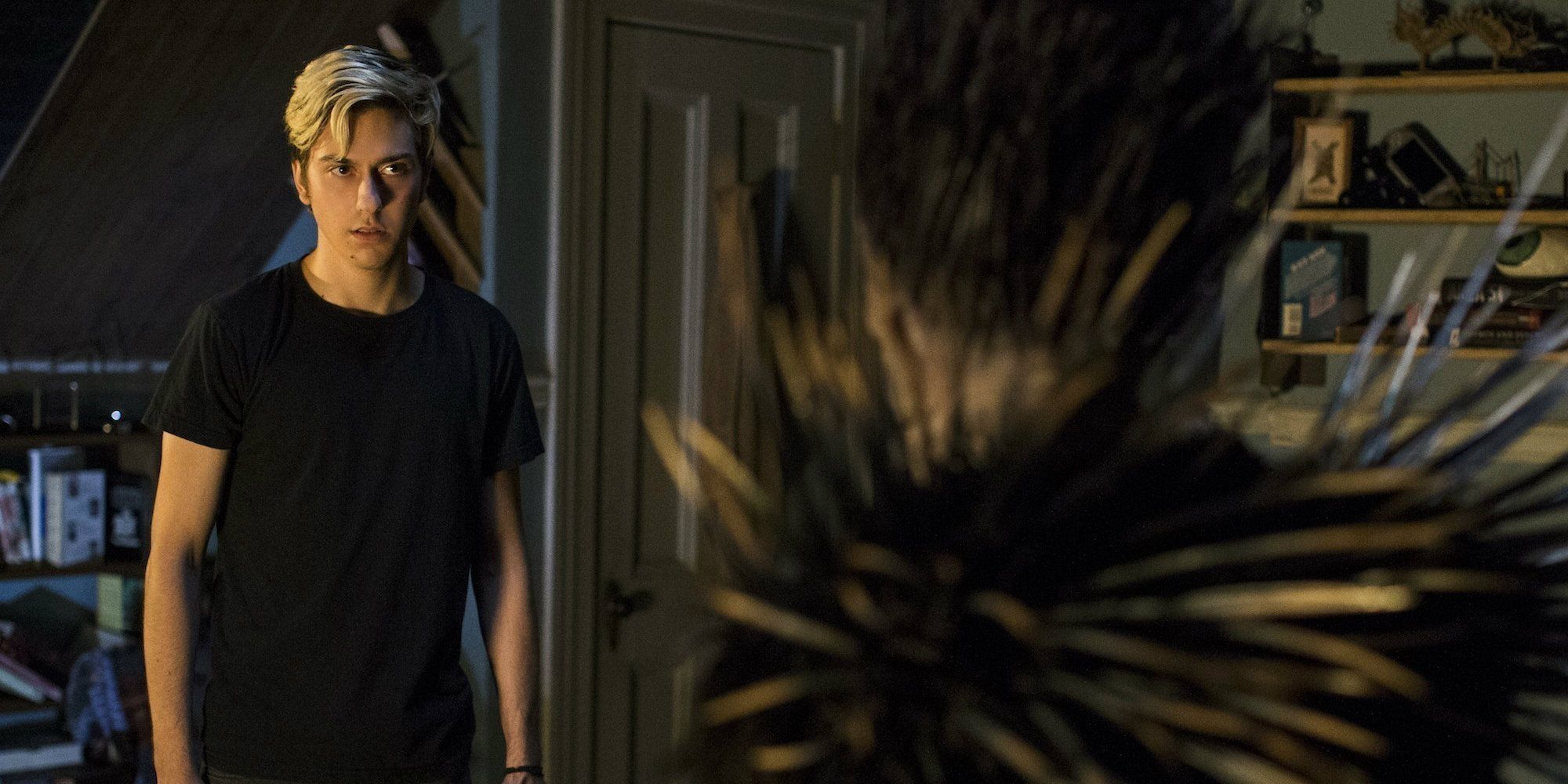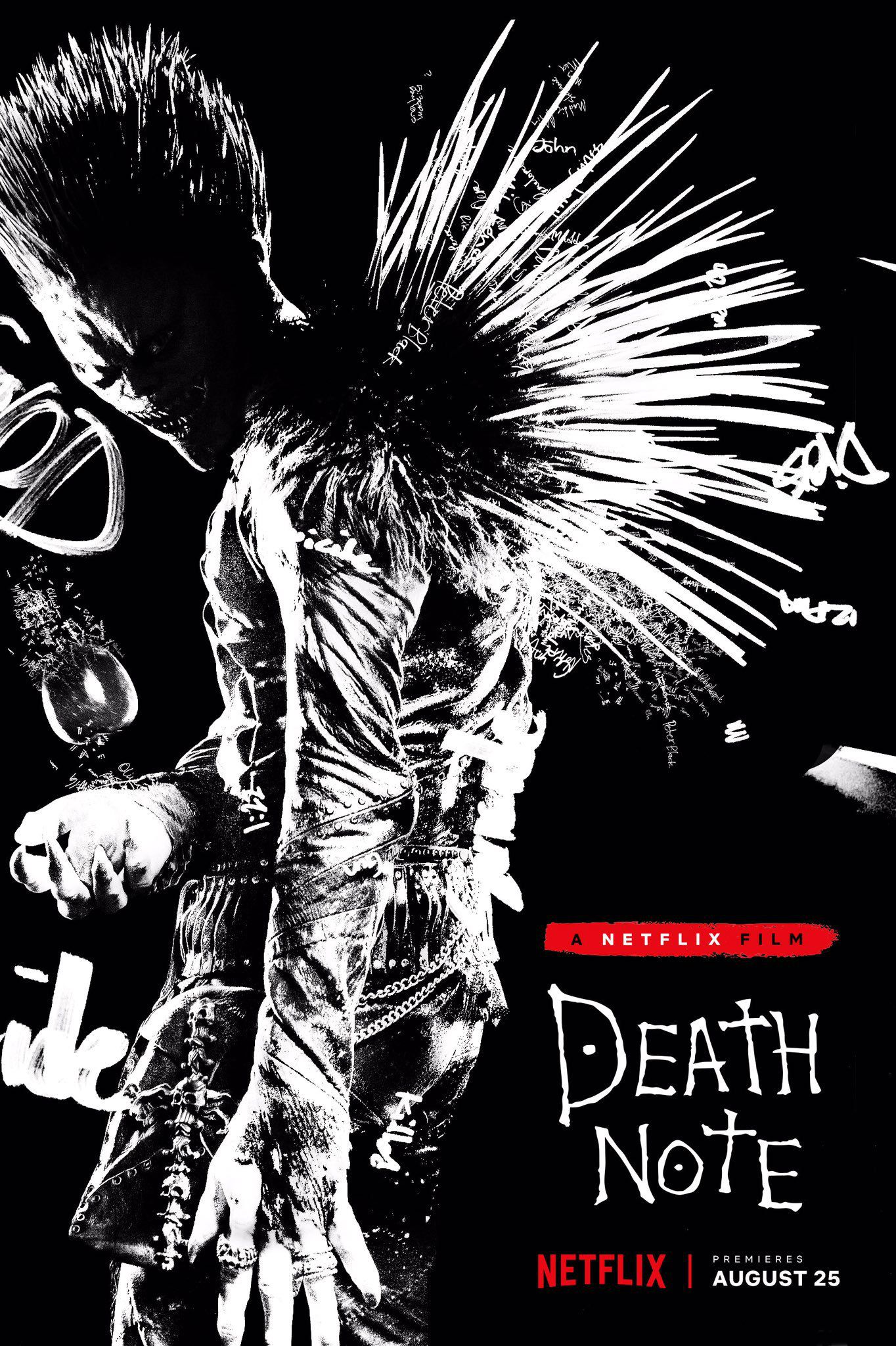Adam Wingard, director of the Death Note remake, reveals why so much of the context of the source material changed in his adaptation. After Netflix released the first trailer for Death Note, reactions were mixed. Some loved the direction that the film adaptation was taking, while others accused it of being the latest example of whitewashing and changing the characters too much.
Those who fall in the second camp may not be pleased to hear that some of the characters have in fact been changed significantly from how they appear in the source material. This is due in large part to the Netflix film being set in America, as opposed to the Japanese setting of the manga and anime.
Speaking with IGN, director Adam Wingard explained that the film didn't just change the setting and a few names while keeping everything else the same. Describing the manga as "such a Japanese thing", Wingard acknowledged the cultural and societal differences between Japan and the United States and how they would prevent a straight port from working in the American setting. As a result, almost all of the characters have been reimagined to better fit the movie's new setting. As Wingard put it:
"It's one of those things where the harder I tried to stay 100 percent true to the source material, the more it just kind of fell apart. You're in a different country, you're in a different kind of environment, and you're trying to also summarize a sprawling series into a two-hour-long film."
Instead of attempting to keep the film as close to the source material as possible, Wingard explained that he focused on what he felt were the core elements of Death Note. The cat-and-mouse game between Light and L is a big part of it, as is the way that the series explored good, evil and the gray area in between. Core bits of the characters' personalities remain as well, though the American reimaginings (with the exception of Ryuk) are essentially different characters than what fans are used to.
"At its core, it's taking the themes of who the characters are but it's exploring them in a new context. Ultimately the personalities of the characters a quite a bit different... L isn't the same. There are a lot of similarities - he likes candy, sometimes he romps around with his shoes off. Those kinds of things, but at the end of the day the take on L and the escalation of his character is very different. He's still a weirdo. It's the same for almost all the characters across the board. Probably the only character that comes off as the same way as he does in the anime is Ryuk."
While some fans will be disappointed, approaching the film in this manner may save it from the awkward "middle ground" that some manga and anime adaptations have found themselves in. If nothing else, Wingard's acknowledgement of the fact that a straight port of the characters wouldn't work in the new setting suggests that the production team is mindful of the original characters and how they fit into Japanese culture. This could result in a new Death Note that is very different from the original, but not necessarily in a bad way.
Next: Death Note Anime Characters React to Netflix Death Note Trailer
Source: IGN



